Artists With Disabilities Shine at San Francisco Studios
In the midst of the pandemic, these artists continue to find creativity and purpose
Artist Vincent Jackson works in different mediums including fabric, printmaking and pastels, often large portraits. His work has appeared on scarves, pillows and even chocolates, and it's been sold around the country and the world.
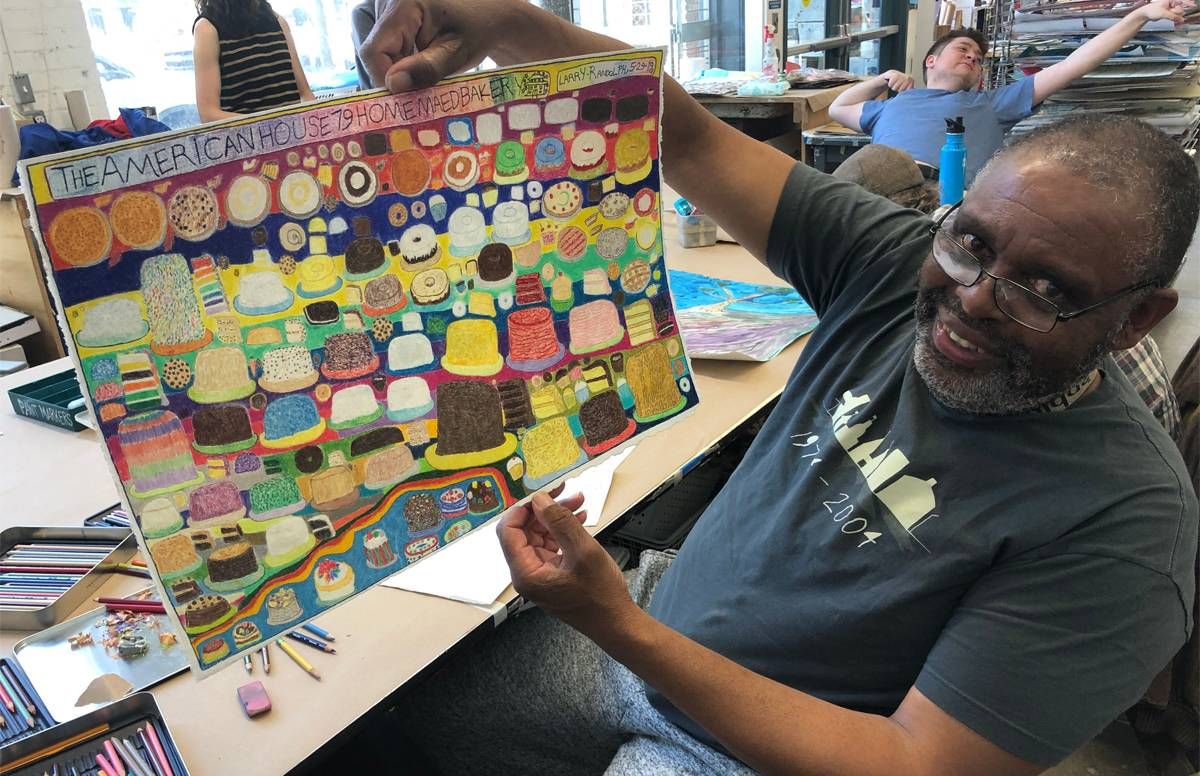
Jackson is one of the better-known artists at Creativity Explored, a gallery and studio for artists with disabilities in San Francisco, where he's been working since 1984.
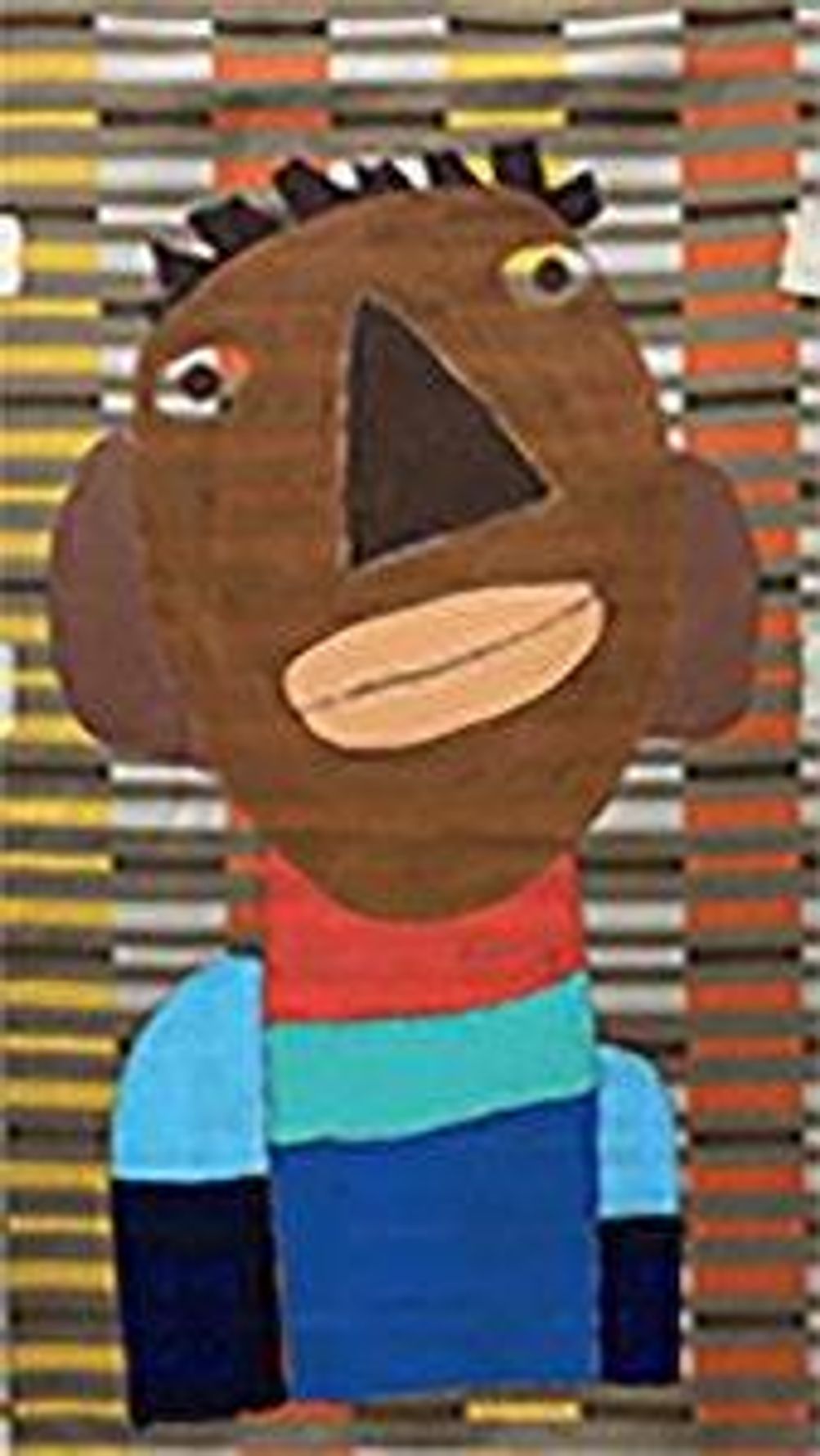
"I've brought magic into Creativity Explored," Jackson, 59, said. "Ain't going to be nothing tacky when I'm there. I'm a renowned artist. I've had a lot of my buyers who told me that my work is making them happy."
Jackson says he "did a little scribbling" as a child and the teachers at Creativity Explored pushed him to be better.
A Clear Vision
One of those teachers, Eric Larson, has been at the studio for 16 years, and Jackson has been one of his students for most of that time. Watching Jackson work and the artist's productivity inspires him, Larson said.
"The thing about Vincent I love as far as being an artist is he's sort of a dynamo. Over the years, he's tried so many types of art and media, and he's really good," Larson said. "He's got such a clear vision and no hesitation about his process."
Creativity Explored is one of three studios in the Bay Area started by the late Florence and Elias Katz, along with Creative Growth in Oakland and NIAD Art Center in Richmond. Responding to statewide cuts in California for adults with disabilities, the Katzes started Creative Growth in 1974, with the model of a studio and gallery with the artists selling their work.
Everybody Needs a Place to Explore
Larson says the Katzes' concept was radical at the time. And he thinks it's still pretty radical — as well as the exact right approach.
"The thing about Vincent I love as far as being an artist is he's sort of a dynamo."
"Their idea was everyone needs a place to find themselves and explore different things and have direct experience," he said. "You provide art materials and space for people and then you let them go and you follow."
Larson became aware of the studio when he would pass by it on his way to the California College of the Arts (CCA) where he got his Master of Fine Arts in 2004. That's also the same way Lawrence Rinder found out about the studio and gallery.
When Rinder, Director Emeritus of the UC Berkeley Art Museum and Pacific Film Archive, was a dean at CCA, he saw the window gallery on his way to work. One day he went into the studio, where artists work around several tables and the walls are always full of their art, for a closer look.
"The energy in the studio is incredible, and they're so warm and welcoming," Rinder said. "From 2004 to 2008, I was dean at CCA and deeply involved in pedagogical discussions of what do you do to make people make better art, and I thought their art was just as good and, in some cases, better, than what I was seeing at CCA."
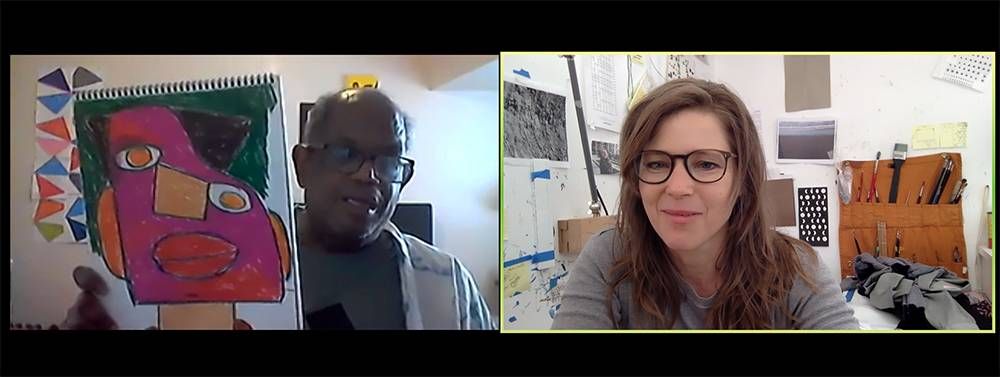
Creativity Without Judgment
Rinder sees a couple reasons for that.
"At CCA, there's tremendous pressure put on your final product and you have this final judgment," he said. "At Creativity Explored and Creative Growth and NIAD, no ominous judgment is hanging over your head. Then, at a typical art school like CCA, you get a studio and you sit there by yourself, but at these studios, you might be sitting at a table with other people and seeing their work, and it's interdisciplinary with printmakers and sculptors all next to each other and that stimulates creativity," he noted.
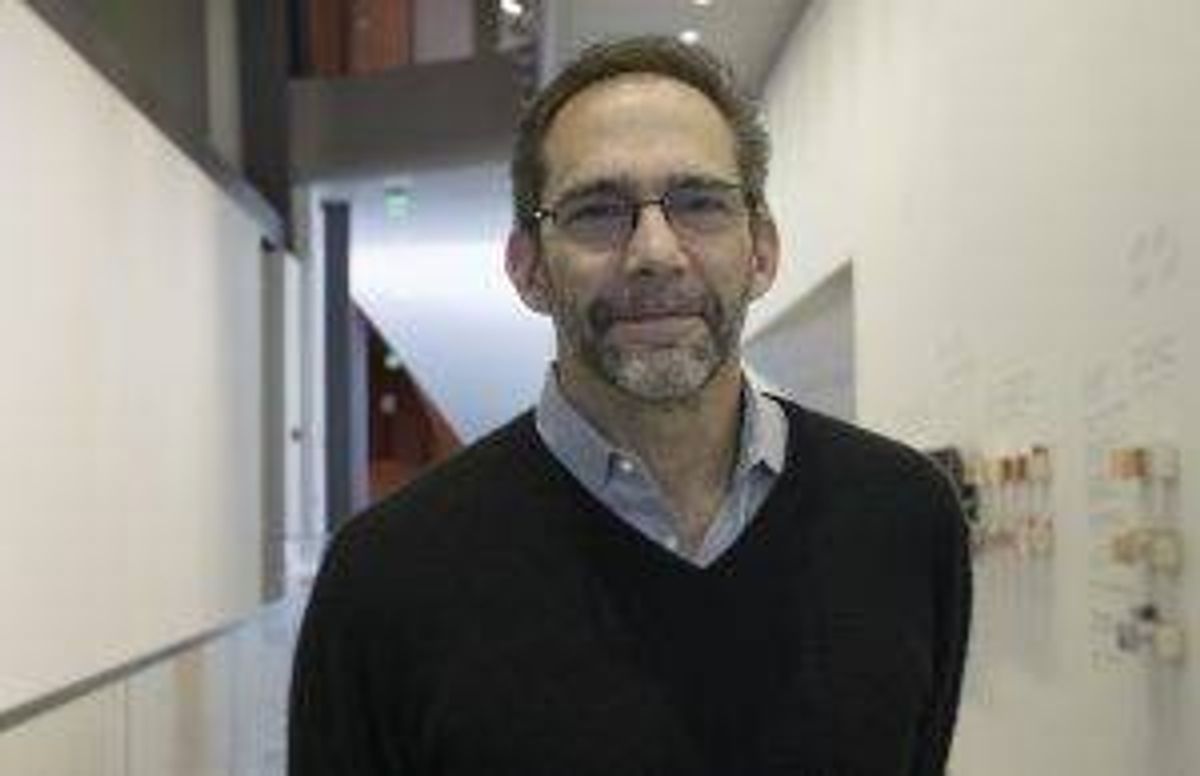
The studio manager at Creativity Explored, Paul Moshammer, didn't go to CCA. He had just moved to San Francisco after graduating from art school in Vienna, and his girlfriend suggested he check the studio out.
"I walked in there, I think it was like '89, and I was mesmerized," he said. "It was such a powerful experience."
Moshammer started volunteering at the studio and then got a job there.
"I felt like the luckiest person alive," he said. "It's a perfect fit, and I liked that it was service-oriented and working with people. I often say we get more back then we give. It's such a rich and generous environment."
'A Joy-filled Space'
That's how Elizabeth Brodersen feels about Creative Growth. She became the director at the studio just last year after nearly three decades with American Conservatory Theater. During her last 10 years or so there, Broderson worked in education and community engagement, where she says she saw the power of art, particularly on marginalized people.
She was drawn to Creative Growth because of its stellar reputation.
"They do such amazing work. It's so powerful and extremely high quality," Broderson said. "Before the pandemic, it was such a joy-filled space with seventy-five to eighty people making art."
"I often say we get more back than we give. It's such a rich and generous environment."
Brodersen says she misses being around that joyful energy; like the staff and artists at NIAD and Creativity Explored, Creative Growth has shifted to online exhibitions and teaching.
"It was challenging. Our entire experience is in person, and it's very tactile," she said. "We have transformed, and now we're on Zoom. We started that first week calling to make sure everyone was OK, and now we have flourishing online art classes from very large watercolor classes, to ones with just a few participants for people who prefer that."
The pandemic also means artists don't have as many opportunities to sell their work, which is a critical part of the model, Brodersen said.
"I think that it is an important element of self-esteem," she added. "And it demonstrates to the world that people with disabilities make valuable contributions, including in art."
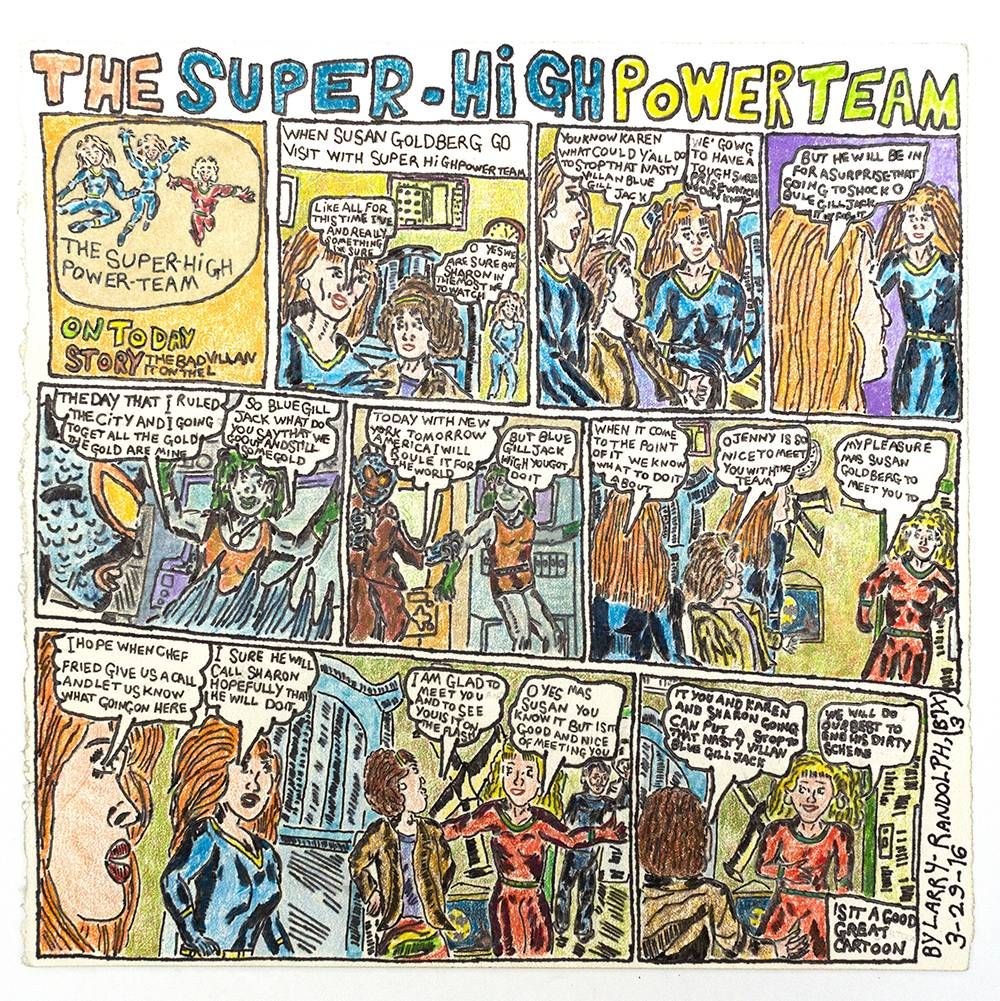
Finding Purpose and Identity as Artists
Larry Randolph, who first came to Creative Growth in 1988, enjoyed showing his work to people who come to the gallery and talking about it with them. He is known for his elaborate comic strips, such as the adventures of twin women (the Super High Power Team), as well as his ceramic figures of whales, doughnuts and pies.
Randolph, 65, said he likes selling his art. In an interview, done in collaboration with a Creative Growth staff member, he noted he spends the money from his art paying his bills and buying snacks.
He loves coming up with stories.
"I like doing my cartoons like the "Cathleen Family." In this story, one has a name like mine, Larry Cathleen, and he's got three sisters. The oldest is Doris Sandy Cathleen and the other two are Pearleen and Jennifer, and they want to be ballet dancers, and their brother Larry, he loves ballet too," he said. "My comics come from the imagination and thoughts."
Randolph's work was included in the "Best American Comics of 2017," and his ceramics have been exhibited internationally at galleries and art fairs.
Having your work honored like this means a lot to any artist, Larson said, and he has seen how the acclaim for Vincent Jackson's work affects him.
"Vincent really needed a space, and he's like a sponge," Larson said. "Being an artist gave him an identity and meaning and purpose. That's the biggest part of his identity, 'I'm an artist.'"

